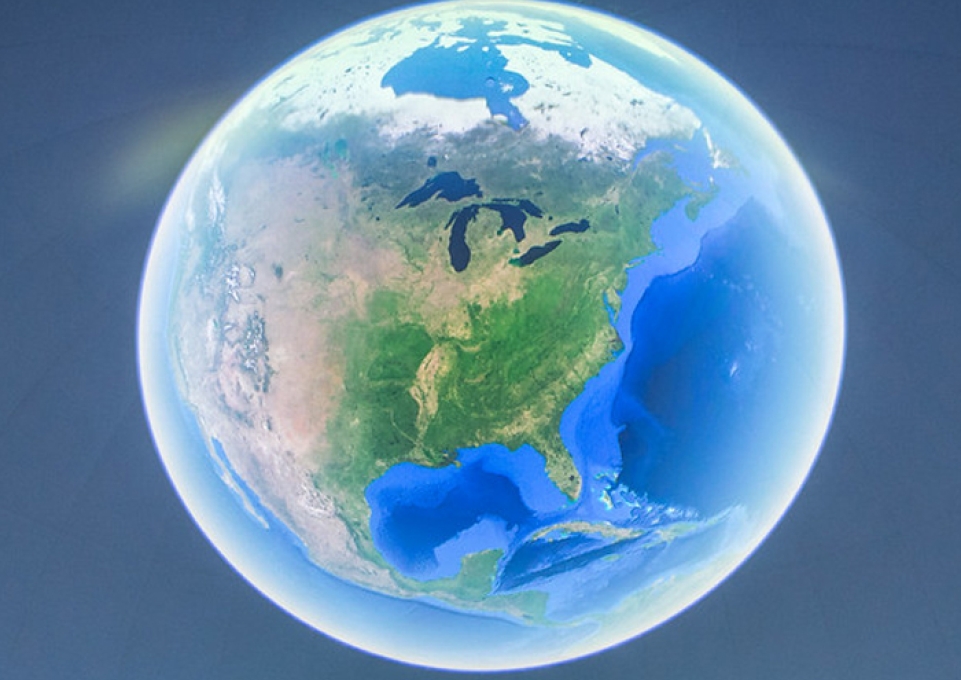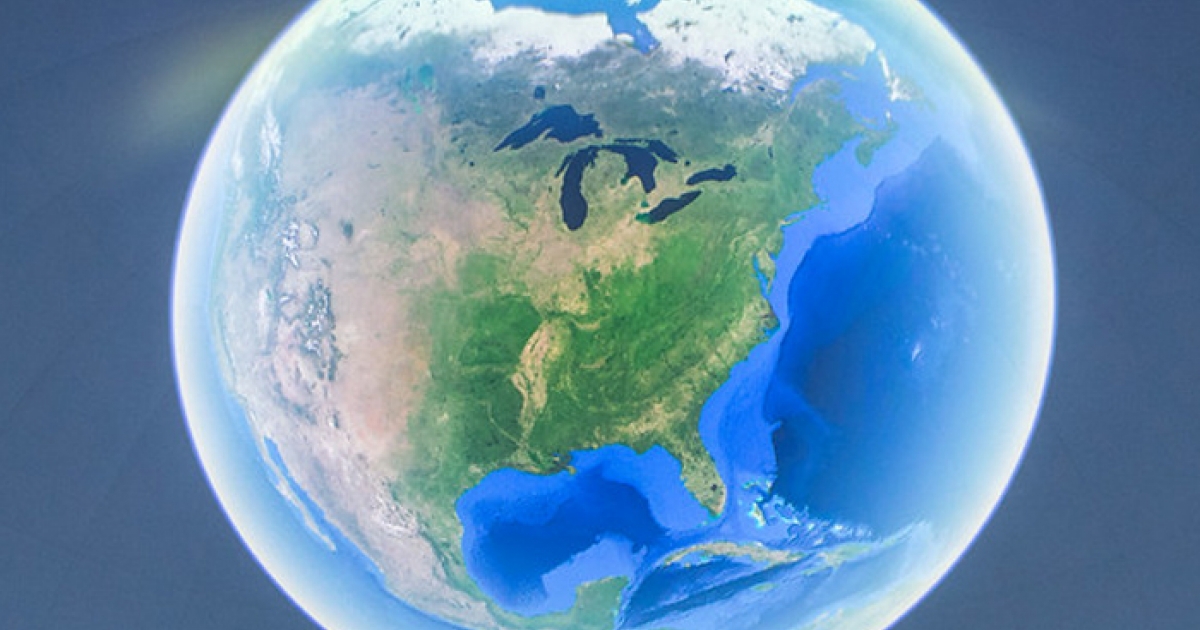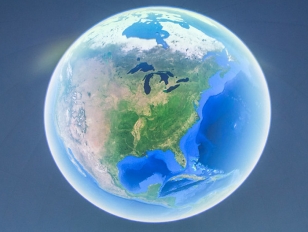
Gary Solar, chair and professor of earth sciences at Buffalo State University, who specializes in structural geology, petrography, and petrology of metamorphic and igneous rocks and regions, spoke with three broadcast outlets this week, following the 3.8 magnitude earthquake that startled Western New Yorkers just before dawn on Monday, February 6.
Solar explained the science behind earthquakes with WGRZ-TV Channel 2 and WIVB-TV Channel 4, noting that while a 3.8 magnitude quake is rare for this area, Western New York does commonly get tremors on a much smaller scale, which are barely felt if at all.
He also spoke for about five minutes with the hosts of the Shredd and Ragan daily podcast on WGRF-FM, 97 Rock, putting the unusual earthquake into context. (Solar’s comments begin at 1:11:45 in the broadcast.)
When asked to compare Buffalo’s earthquake with the 7.8 magnitude temblor that struck Turkey and Syria the same day, resulting in more than 11,000 deaths, Solar explained that the overseas quake was 10,000 times stronger than the one that hit Western New York.
While Solar noted that there is a slight chance that Buffalonians could see a 7.8 magnitude earthquake at some point, he reassured viewers that it probably wouldn’t happen for thousands or millions of years.



